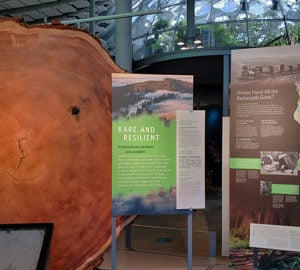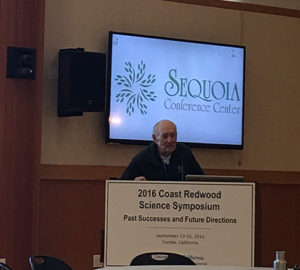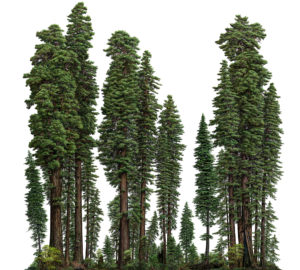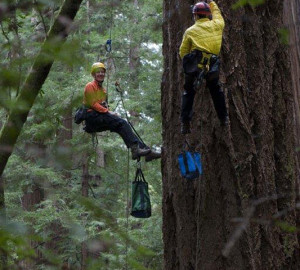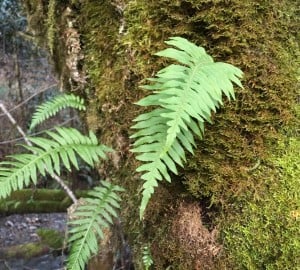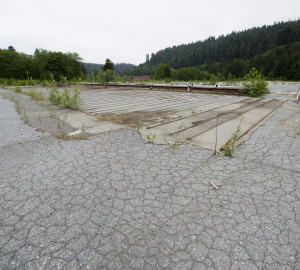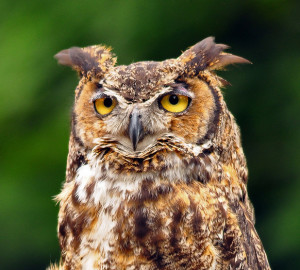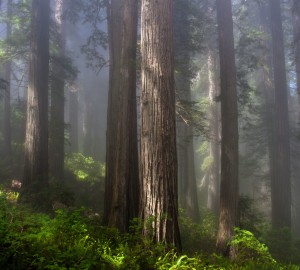Seeing the Forest for the Genes
onResearchers just unlocked the genetic codes of our coast redwood and giant sequoia forests, a remarkable milestone in the effort to protect California’s iconic redwood forests and regrow historically logged areas through the protection of the forests’ genomic diversity.

